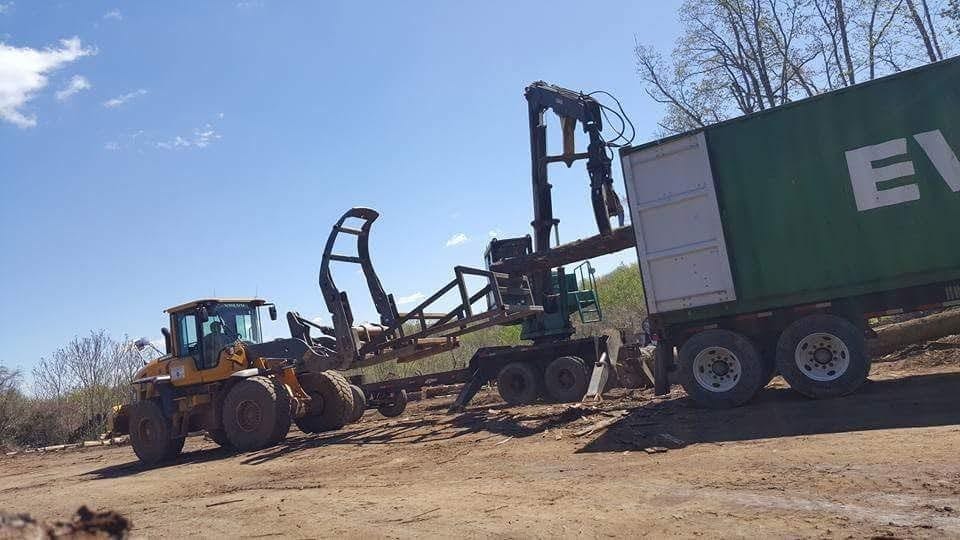Why Knowing the Ropes (and the Roads) is Key to Most of your Driver Recruiting and Retaining Efforts
The trucking industry is complex and diverse. Not all driver positions are created equal. Each job comes with unique challenges and requirements, from the cargo type to the driving environment. As such, hiring the right driver for the right position is critical—not only for the efficiency of operations but also for reducing turnover and improving overall safety.
The Importance of Hands-On Knowledge of a Role
One of the most significant issues in the trucking industry is the disconnect between those hiring and those doing the job. Often, hiring managers and recruiters lack a deep understanding of the daily demands faced by truck drivers. They're not, nor have they been, truck drivers. This disconnect can lead to mismatched hires, where drivers find themselves ill-prepared for the tasks of a specific mode, ultimately leading to high turnover rates and increased liability.
Understanding the Specifics of Each Role
To effectively hire for a truck driving position, grasp what the job entails.
-Different types of cargo require different skills and certifications. For instance, a van driver might not be suitable for transporting hazmat requiring special handling and safety protocols, not to mention the physical demands of hose dragging, connecting, lifting, etc.
-The environment in which the driver will be operating also matters. Driving in the city vastly differs from hauling goods across the remote areas of the Bakken oil fields in North Dakota.
-The physical demands of the job can vary significantly. For example, drivers handling household goods often need to load and unload heavy items, requiring a higher physical fitness than those driving from point A to point B.
Crafting Accurate Job Descriptions
Creating a detailed and accurate job description is the first step in ensuring a good fit between the driver and the role. Here’s how to do it effectively:
-Work with current drivers to understand their daily routines, challenges, and requirements. This hands-on approach provides invaluable insights into the realities of the job.
-Conduct interviews and surveys with current drivers to gather detailed information about their tasks, skills, and any additional certifications required.
-Clearly outline the job’s physical, mental, and educational requirements. This includes everything from the cargo type to the routes typically taken and the physical and medical fitness needed to handle the job.
The Role of Health, Medical, and Fitness Requirements
Ensuring that drivers are medically fit for their roles is crucial. This may involve med cert policies beyond the regs and considering any medical conditions affecting their ability to perform specific tasks. For example, a driver with a back problem might not be the best fit for a driver/labor role that involves heavy lifting.
It is vital to keep drivers updated on the latest safety protocols, driving techniques, and regulatory changes. Investing in regular training enhances their skills and ensures they are well-prepared for any challenges they might face on the road. I'm currently driving for a carrier that uses Luma Brighter Learning for onboarding orientation, ongoing training, and prescribed monthly topic training.
Visibility tools like Motive's Omnicam and Dashcams can assess driver fit better when they're on site. If it's not working, prevent turnover and injury by having a conversation, discussing any issues, training, and possibly offering alternative placement. Tech has a huge place in retention and recruiting.
Reducing Turnover and Improving Retention
High turnover rates are costly and disruptive. Companies can reduce turnover by ensuring that the job description accurately reflects the role and that the driver is a good match for the position. This means less time spent on recruiting and training new drivers and more time focusing on operations.
When drivers feel well-matched to their roles, job satisfaction goes up. They are more likely to stay with the company, reducing the costs associated with turnover and improving overall morale.
Understanding the day-to-day demands of each position is essential for successful hiring and retention. Understanding the specifics of each role and ensuring that drivers are well-matched to their positions, companies can reduce turnover, improve safety, and enhance overall efficiency. This hands-on approach to hiring not only benefits the company but also ensures that drivers are set up for success from day one.


